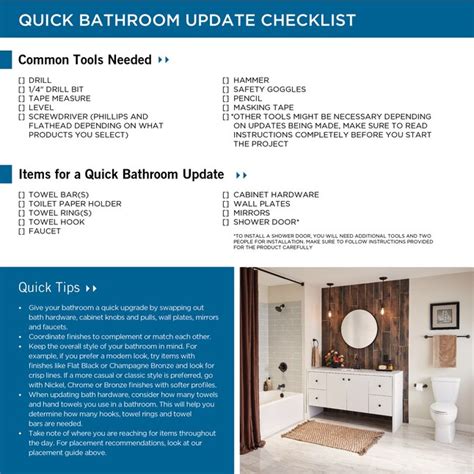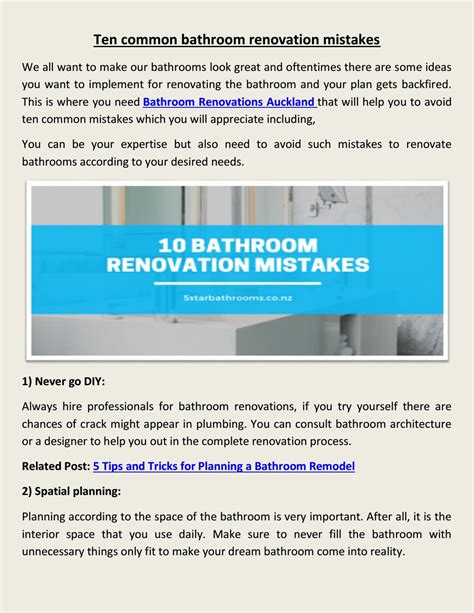Embark on a detailed exploration of this topic with ujocis.net
1. Home Safety Enhancements
Creating a safe environment is paramount when designing a home for seniors. Start by eliminating tripping hazards like loose rugs, clutter, and electrical cords that can cause falls. Installing grab bars in key areas such as bathrooms and hallways provides extra stability, reducing the risk of accidents. Non-slip flooring in bathrooms and kitchens adds an additional layer of safety. Adequate lighting, particularly in stairways and entryways, helps seniors navigate their home with ease, minimizing the chances of missteps. Additionally, consider using motion-sensor lights for nighttime visibility. Finally, installing smoke and carbon monoxide detectors with easy-to-hear alarms ensures seniors are alerted to any emergencies promptly, enhancing overall home safety.

2. Accessibility Modifications
Making accessibility modifications is essential to ensure seniors can move around their home with ease and independence. Widening doorways and hallways accommodates walkers or wheelchairs, allowing for safer and more comfortable passage. If the home has multiple levels, consider installing a stairlift or creating a main-floor living space to reduce the need for navigating stairs. Lever-style door handles and faucets are easier to operate for those with arthritis or reduced hand strength, while lowering countertops and sinks in the kitchen and bathroom ensures that all essential areas are within reach.
Accessible bathrooms are particularly important; installing a walk-in shower with a bench and handheld showerhead makes bathing safer and more manageable. Consider adding a raised toilet seat and ensuring there is ample space around it for easy transfers. Ramps or threshold ramps at entrances and exits eliminate the need for steps, making it simpler for seniors to enter and exit their home.
These modifications not only enhance mobility but also contribute to a greater sense of autonomy for seniors, allowing them to maintain their independence and comfort within their own home. By thoughtfully addressing accessibility, you create an environment where seniors can navigate their space confidently and safely, promoting a higher quality of life as

3. Comfort and Ergonomics
Comfort and ergonomics play a crucial role in creating a home environment where seniors can relax and move without strain. Start by choosing furniture that supports proper posture and is easy to get in and out of, such as chairs with firm cushions and armrests. Recliners with adjustable footrests provide additional comfort, especially for those who spend extended periods seated. When selecting a bed, opt for one that is at an ideal height to make getting in and out easier, and consider adding an adjustable base to accommodate different sleeping positions.
In the kitchen, ensure that frequently used items are stored at waist height to avoid excessive bending or reaching. Consider installing pull-out shelves or lazy Susans in cabinets to make accessing items simpler and more ergonomic. In living areas, ensure that remotes, phones, and other essentials are within easy reach, and use soft, rounded edges on furniture to prevent injuries from accidental bumps.
Additionally, maintaining a comfortable indoor temperature is vital. Install easy-to-use thermostats, and consider adding fans or portable heaters to ensure that each room can be adjusted to suit individual preferences. By prioritizing comfort and ergonomics, you

4. Technology Integration
Integrating technology into the home can significantly enhance safety, convenience, and connectivity for seniors. Smart home devices, such as voice-activated assistants, allow seniors to control lights, thermostats, and appliances without needing to get up, making daily tasks easier and more manageable. Video doorbells and security cameras provide added peace of mind, enabling seniors to see who is at the door or monitor their property from the comfort of their living room.
Wearable devices, such as emergency response systems, ensure that help is just a button press away in case of a fall or other emergency. These devices can automatically detect falls and alert caregivers or emergency services, providing an extra layer of security. Additionally, medication management systems with reminders help seniors stay on track with their health routines, reducing the risk of missed doses.
Staying connected with family and friends is also crucial for emotional well-being. Simple-to-use tablets or smartphones with large screens and easy navigation can keep seniors in touch through video calls, emails, or social media. By thoughtfully incorporating technology, you create a supportive and secure environment that empowers seniors to maintain their independence and stay connected with their loved ones.
5. Social and Emotional Well-being
Fostering social and emotional well-being is essential for seniors to maintain a high quality of life as they age. A supportive home environment should encourage regular social interactions and provide spaces for relaxation and mental stimulation. Create inviting common areas, such as a cozy living room or a sunlit patio, where seniors can entertain visitors or spend time with family. Ensuring these areas are accessible and comfortable encourages more frequent social engagement, helping to reduce feelings of isolation.
Consider dedicating a quiet space for hobbies or creative activities that promote mental stimulation, such as reading, painting, or puzzles. This space should be well-lit and free from distractions, offering a peaceful retreat where seniors can engage in activities that bring them joy and fulfillment.
Pets can also play a significant role in enhancing emotional well-being, offering companionship and a sense of purpose. If a pet is an option, ensure that the home is pet-friendly, with easily accessible areas for feeding, grooming, and exercise.
Additionally, maintaining a connection to the community is vital. Encourage participation in local senior centers, clubs, or volunteer opportunities, which provide a sense of belonging and purpose. By addressing both social and emotional needs, the home becomes a nurturing environment where seniors can thrive emotionally and stay mentally engaged.
6. Health and Wellness Features
Incorporating health and wellness features into a senior’s home is crucial for supporting their overall well-being and ensuring a long, healthy life. One of the key elements is creating a space that promotes physical activity. Set aside a dedicated area for exercise, whether it’s for stretching, yoga, or using low-impact equipment like a stationary bike. Ensure this space is well-lit and equipped with necessary supports like yoga mats or handrails to make exercising safer and more enjoyable.
Nutritional health is equally important. Design a kitchen that encourages healthy eating by making it easy to prepare nutritious meals. This includes installing pull-out shelves for easy access to ingredients and using clear containers for better visibility of healthy food options. Additionally, consider incorporating a garden or indoor plants that allow seniors to grow their own herbs or vegetables, fostering a connection to fresh, homegrown produce.
Finally, focus on air quality and hydration. Installing air purifiers and humidifiers helps maintain a healthy indoor environment, reducing allergens and ensuring optimal breathing conditions. Having a water filtration system or easily accessible water dispensers encourages regular hydration, which is vital for overall health. By integrating these health and wellness features, the home becomes a place that not only supports daily living but actively promotes a healthy lifestyle for seniors.
Creating a comfortable home for seniors involves thoughtful planning and attention to detail. By enhancing safety, improving accessibility, prioritizing comfort and ergonomics, integrating technology, and supporting social and emotional well-being, families can design a living space that fosters independence and quality of life. Incorporating health and wellness features further ensures that the home supports both physical and mental health. With these essential tips, you can create a nurturing environment where seniors can thrive, maintain their dignity, and enjoy their home to the fullest as they age gracefully.
ujocis.net

